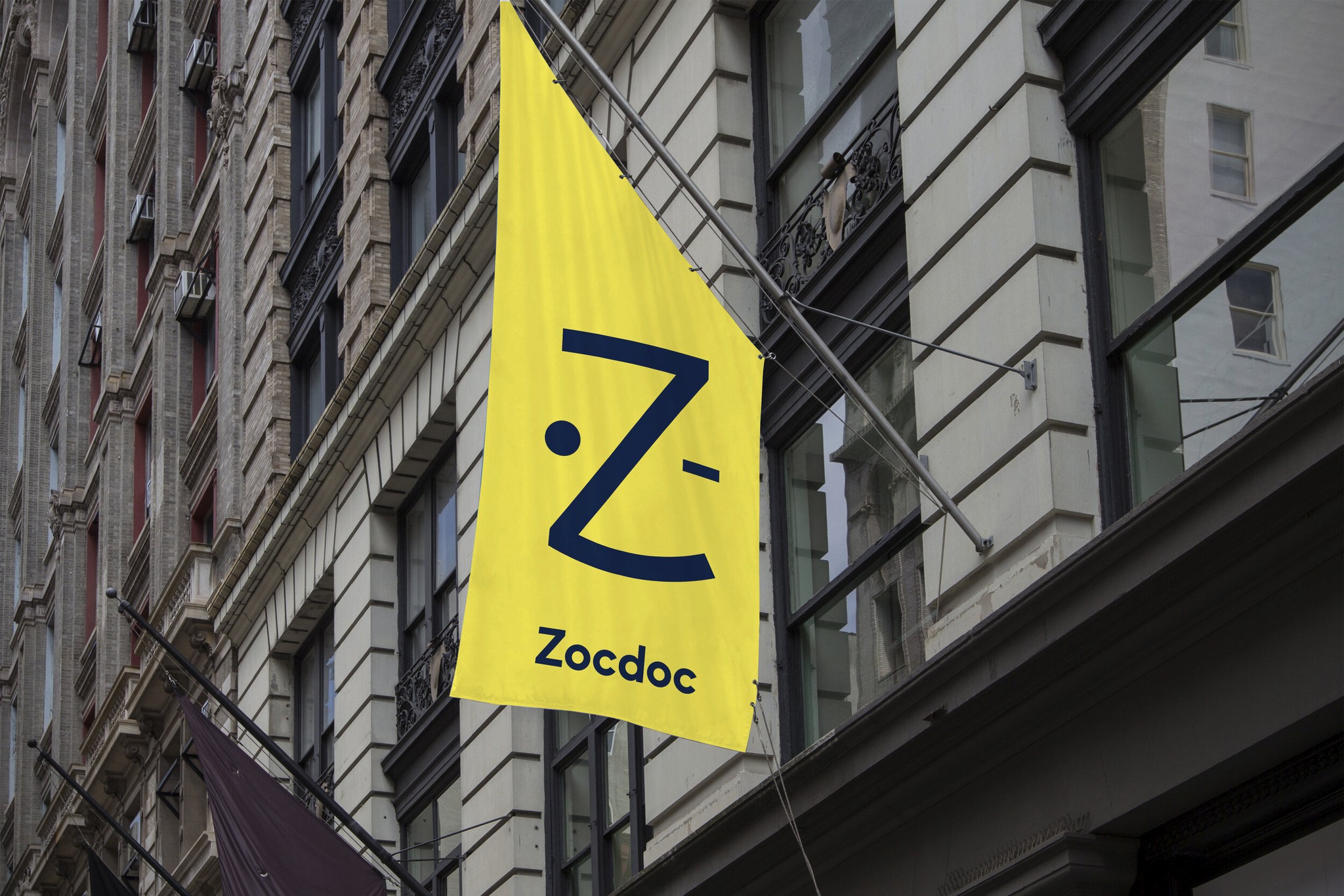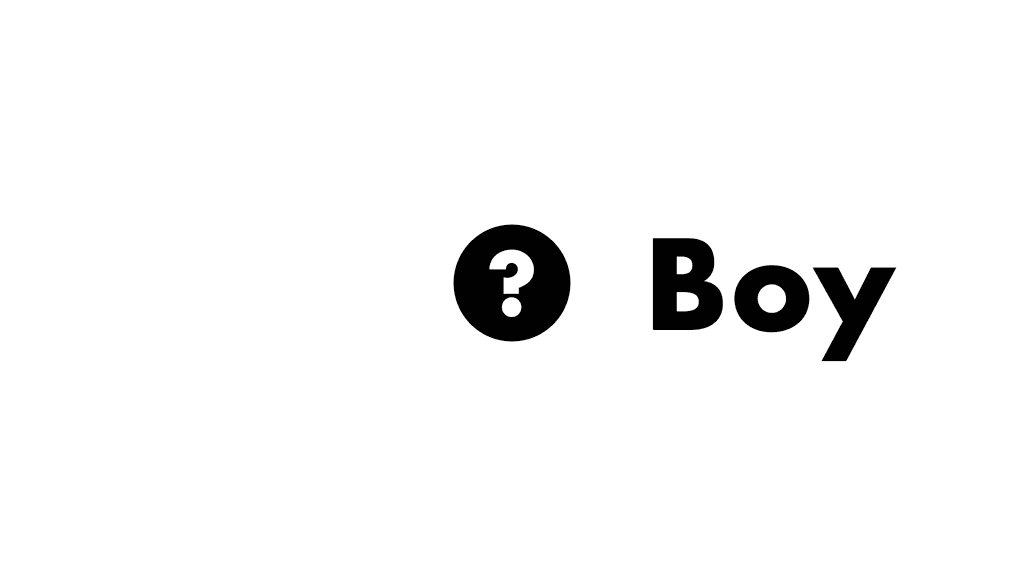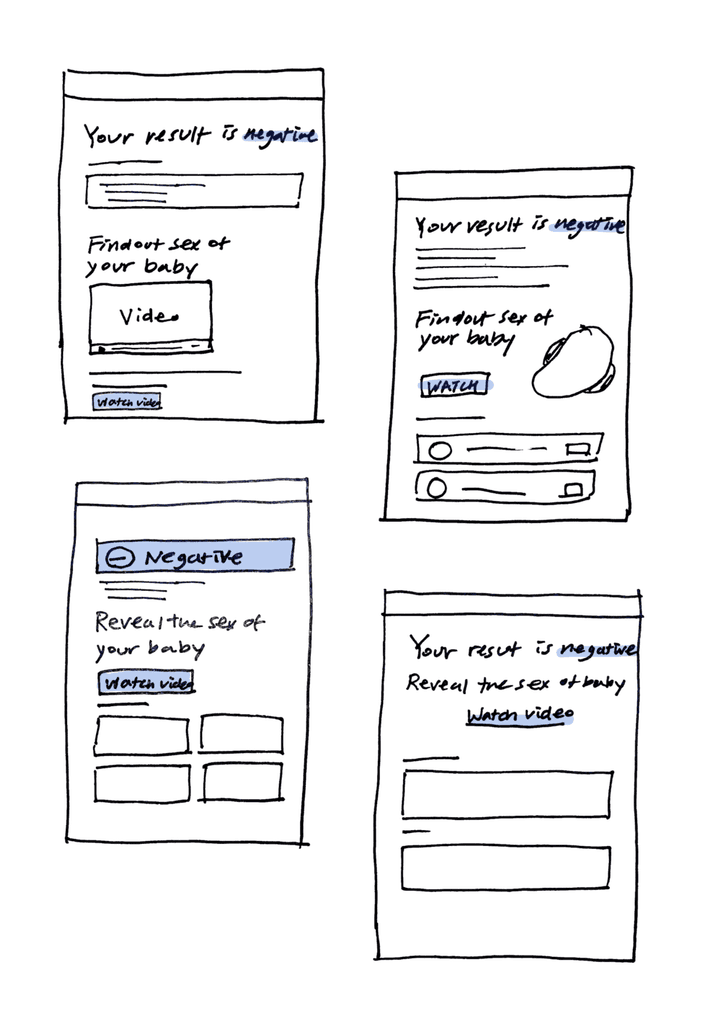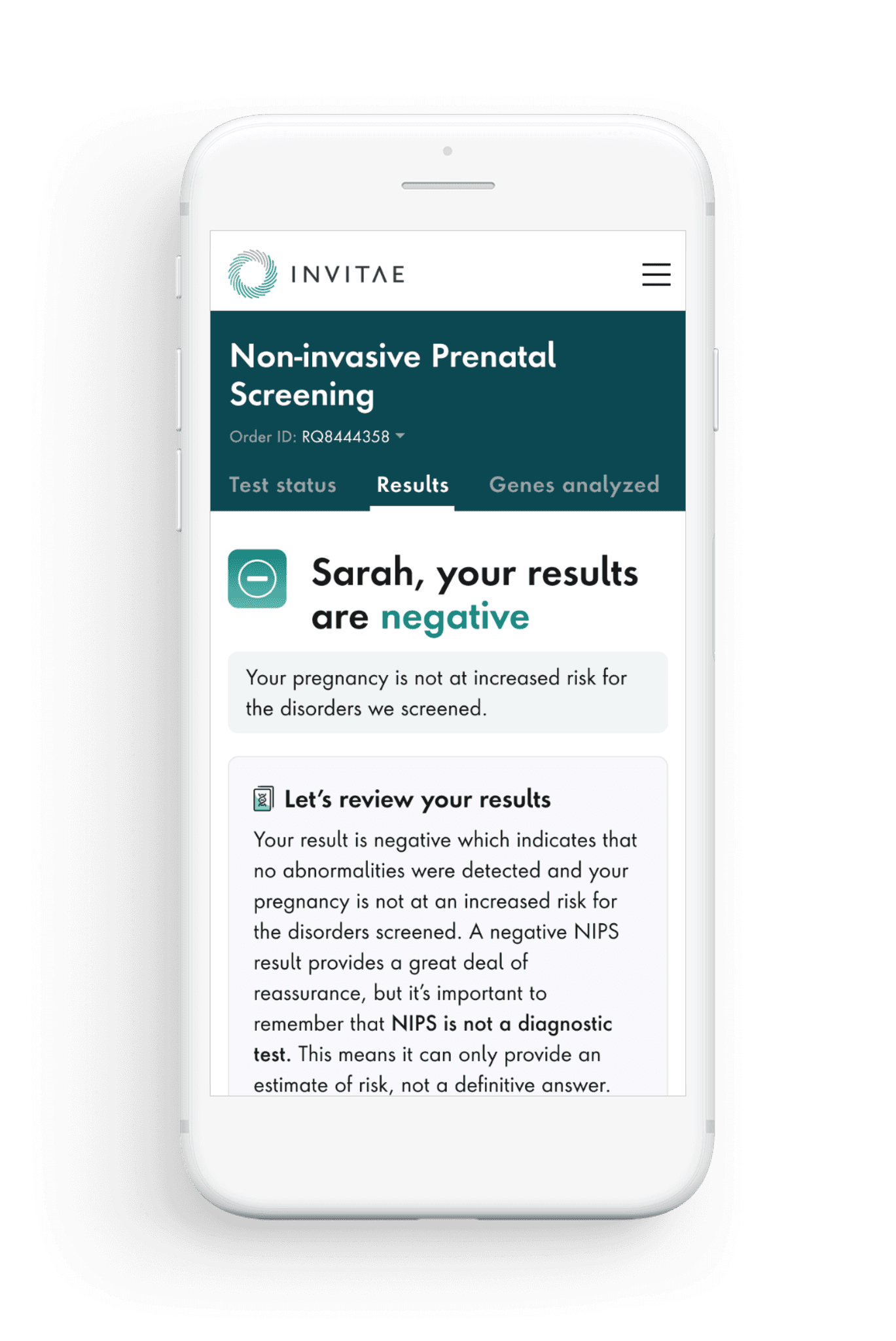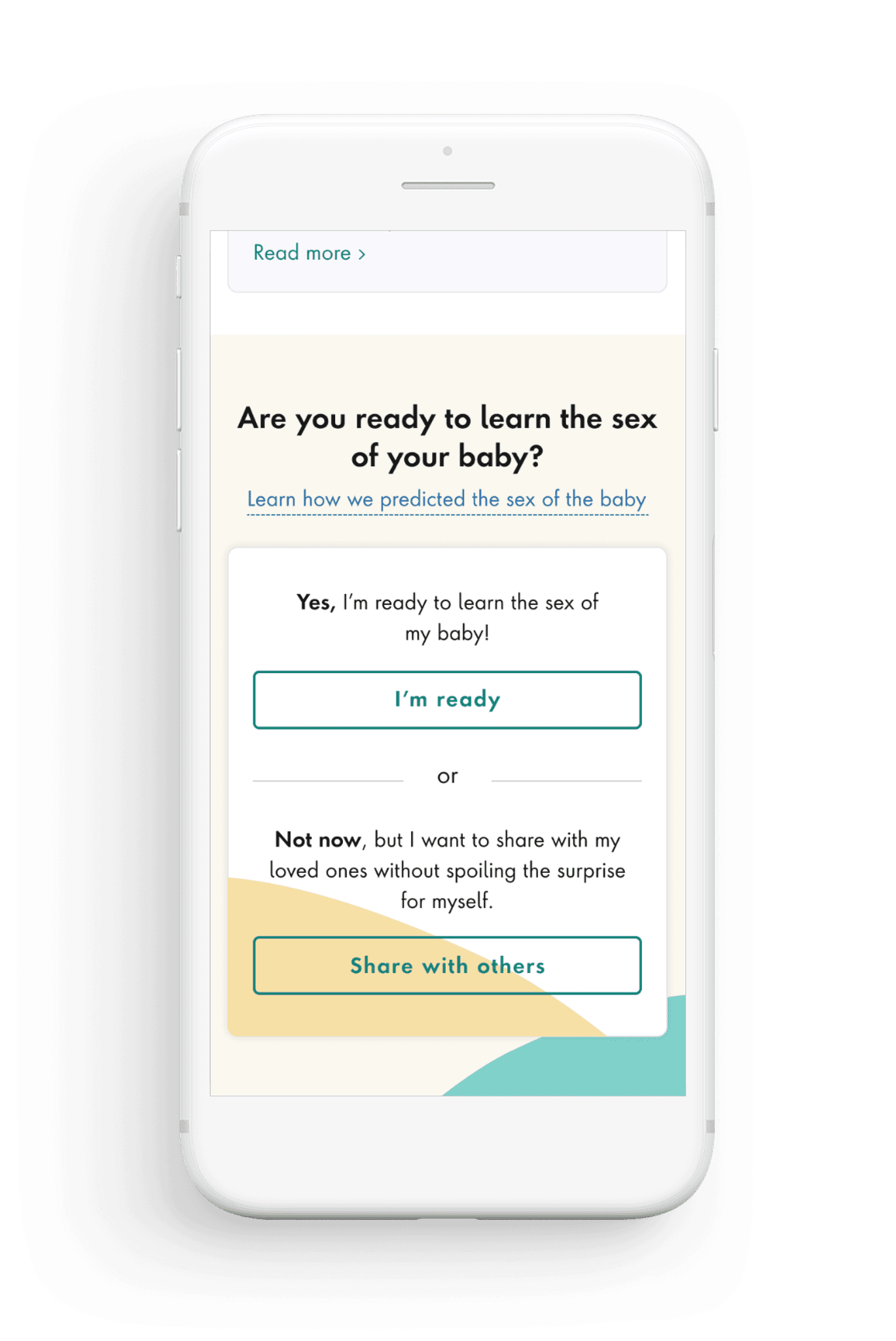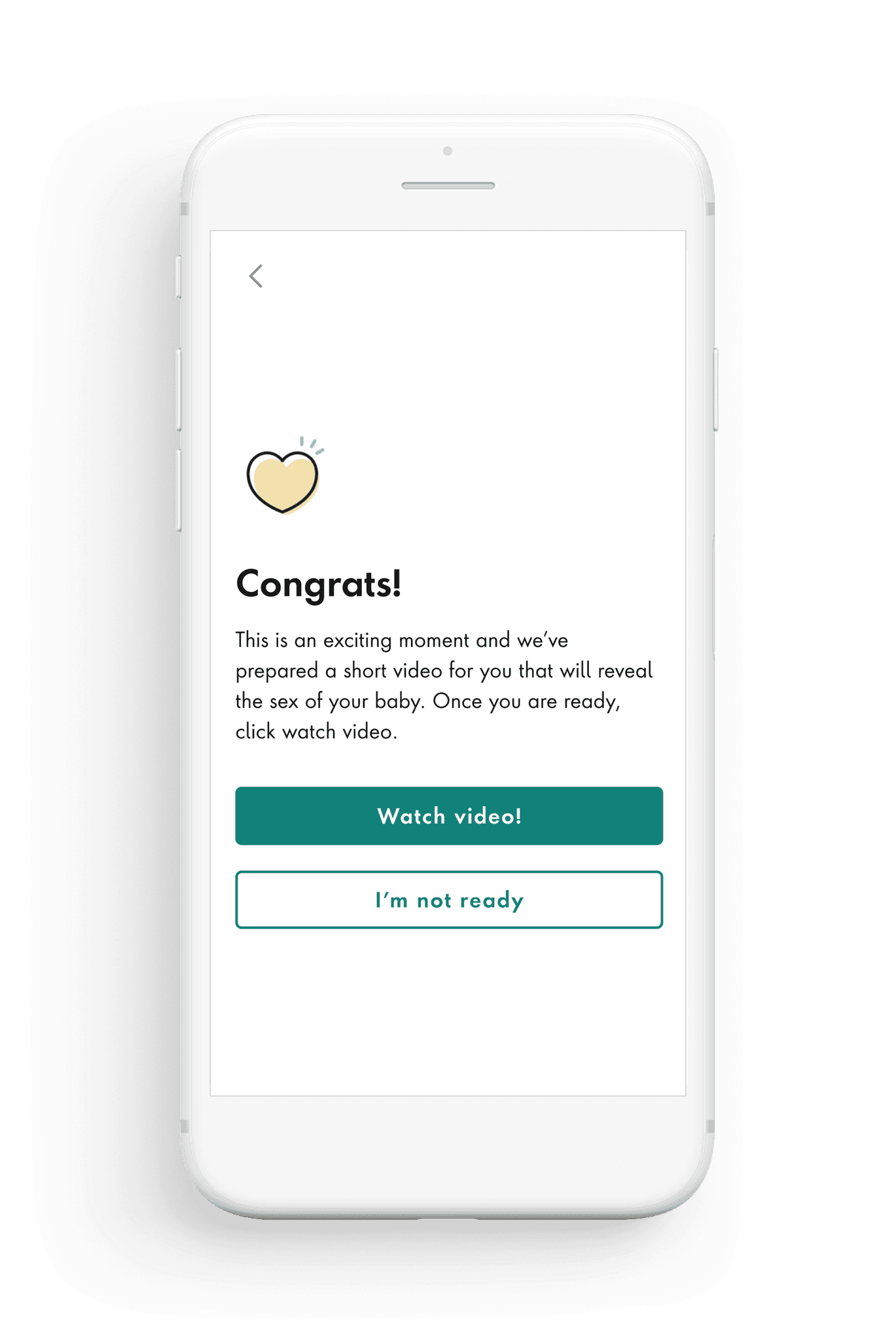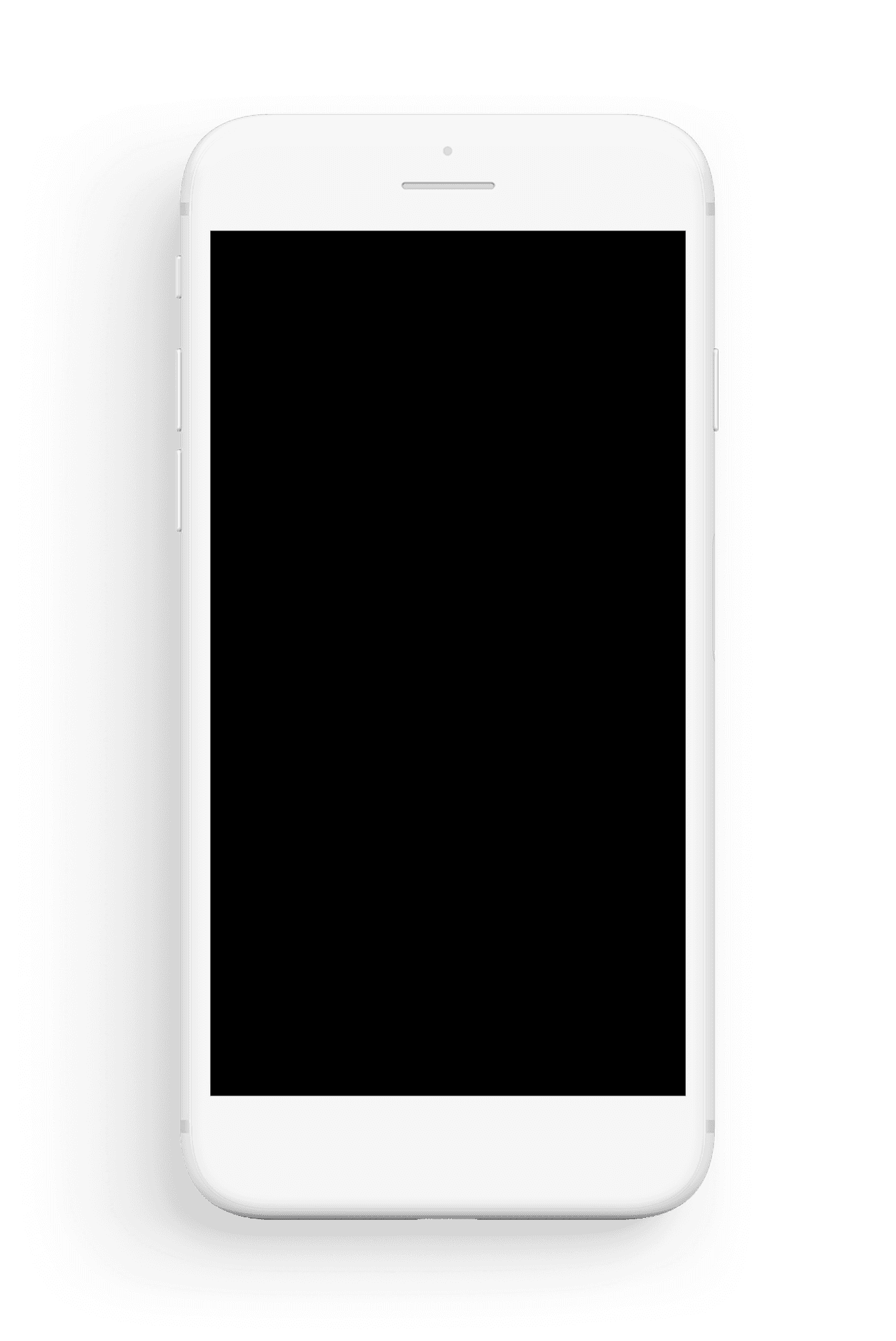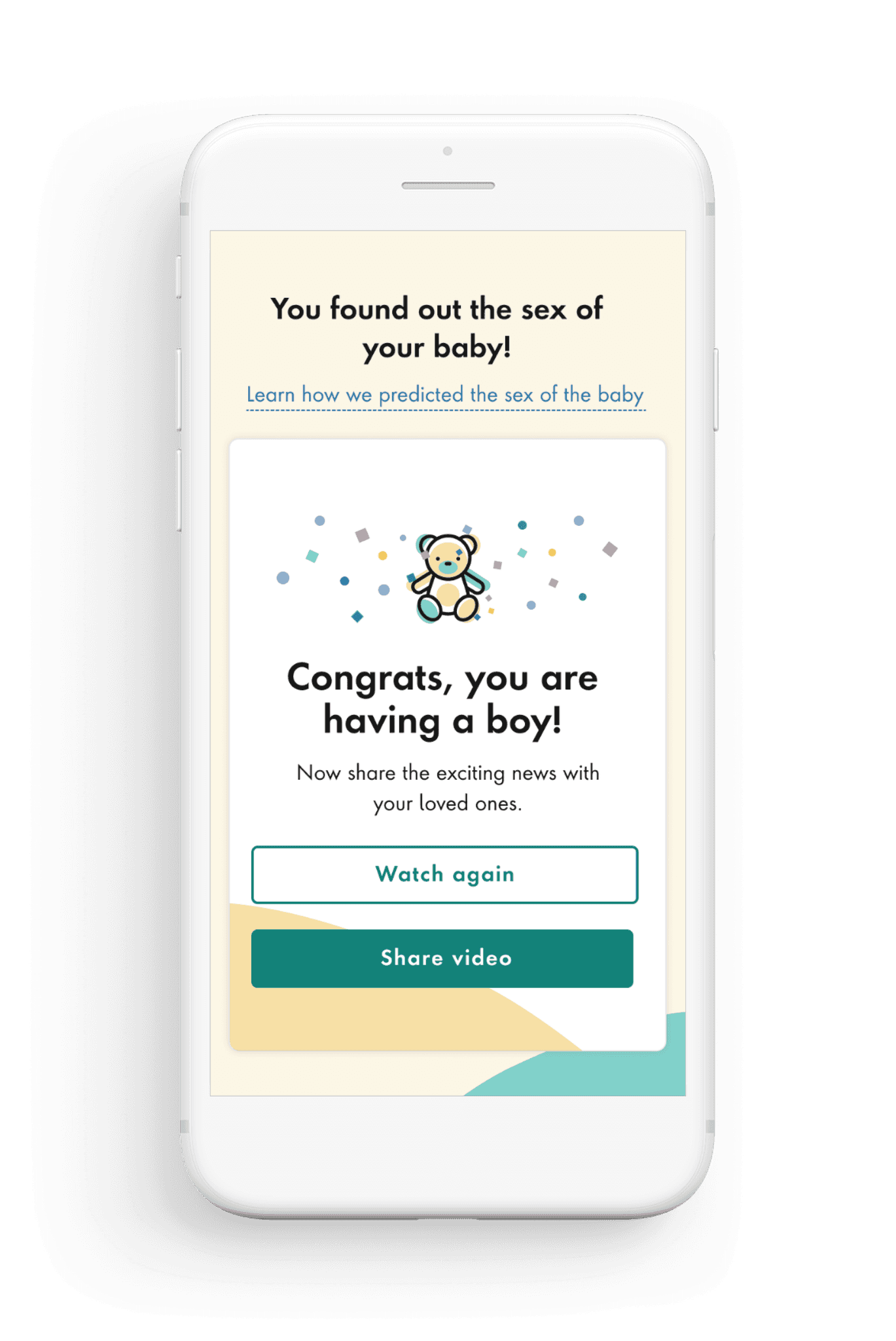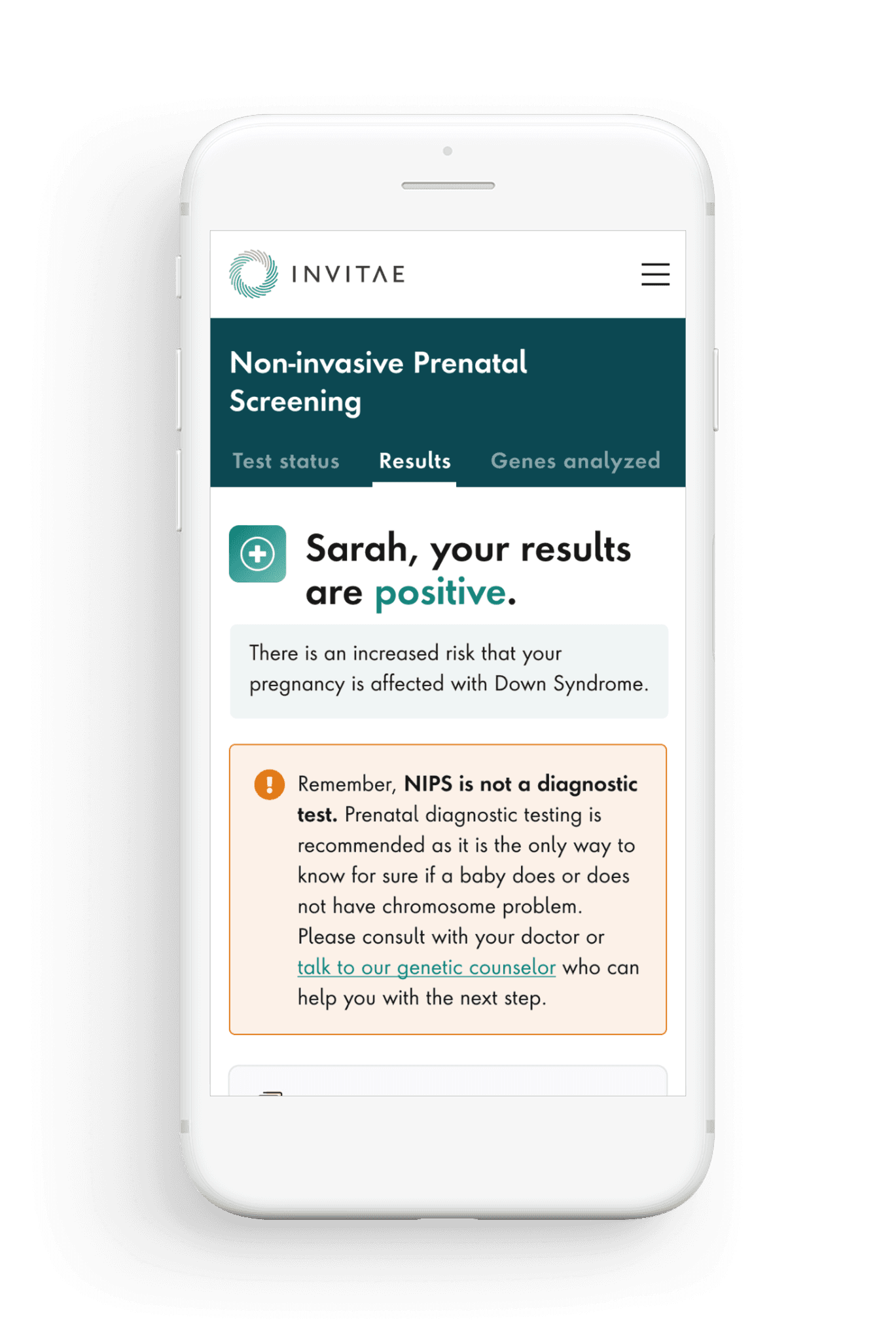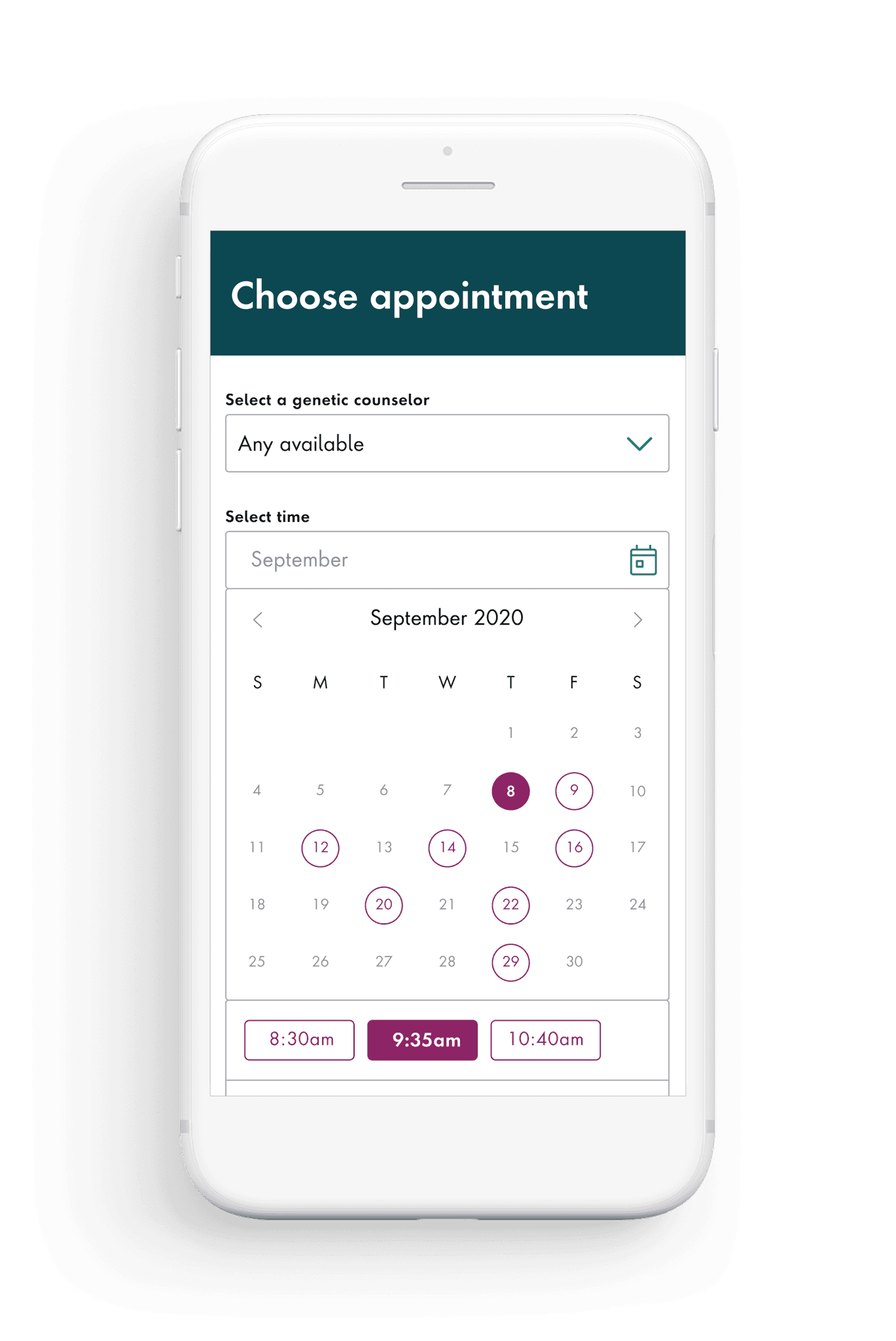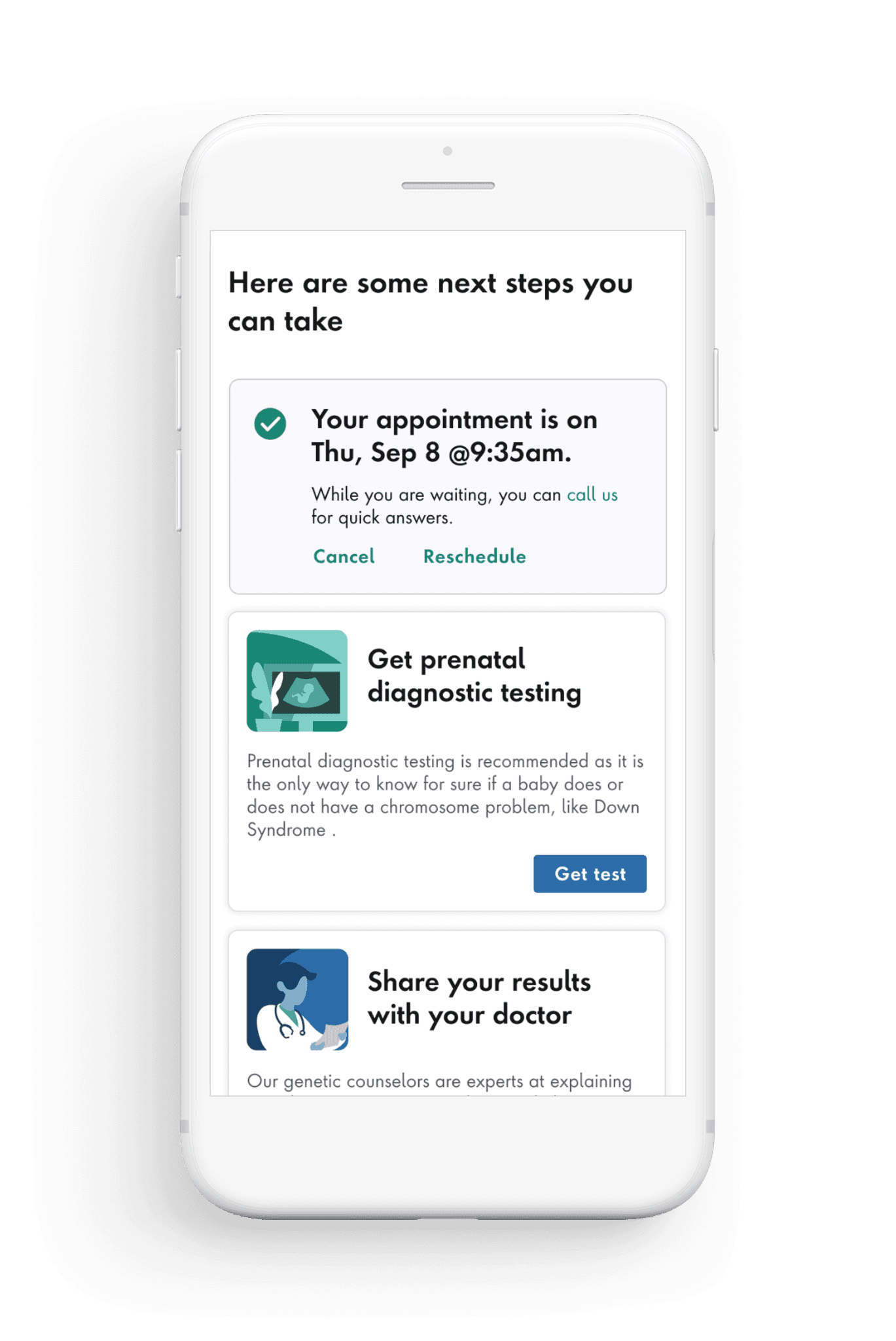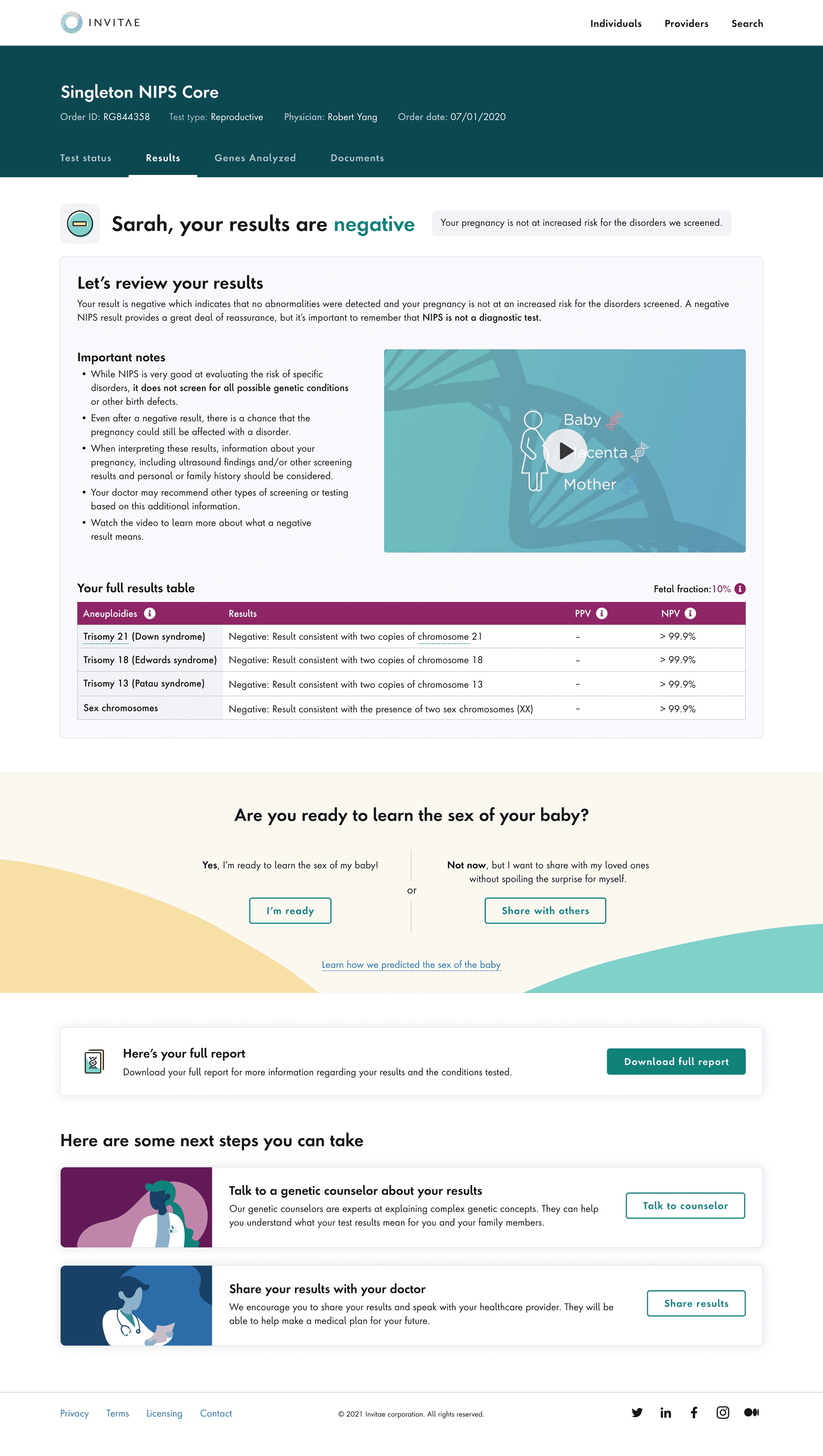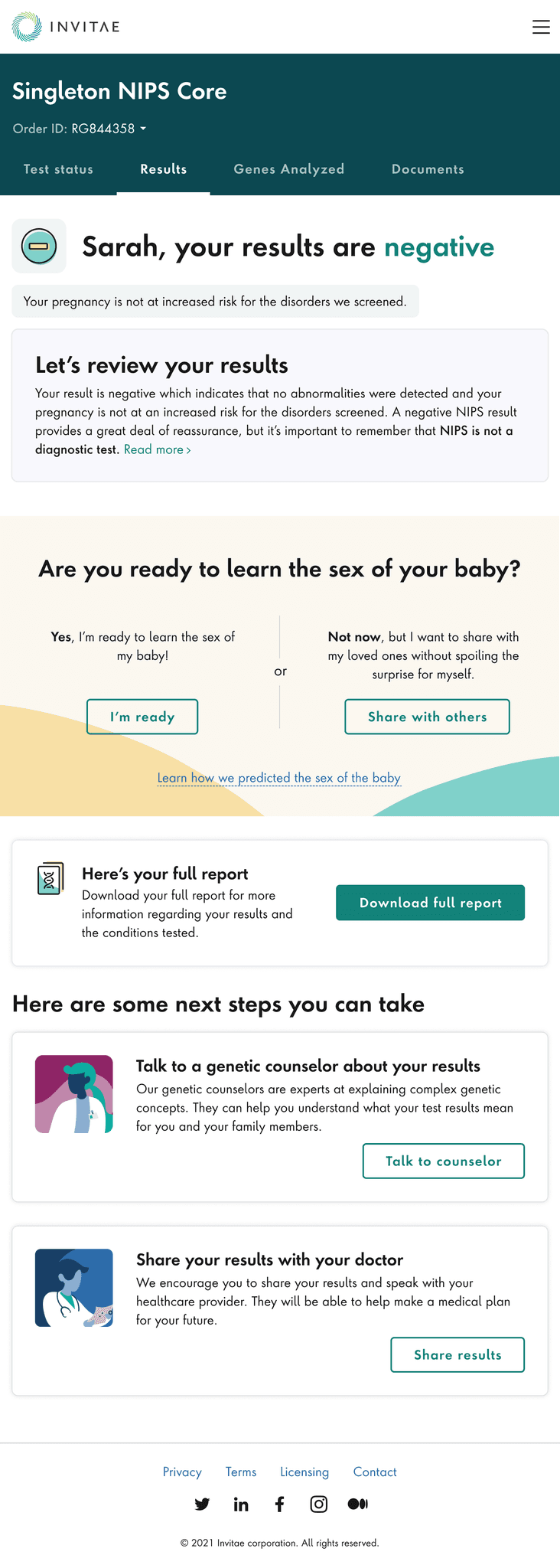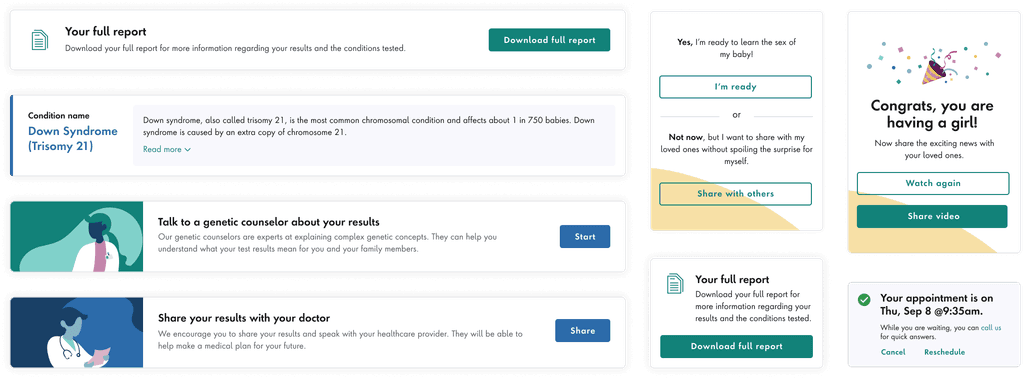Zocdoc Rebrand
Redesign of Zocdoc’s brand system and its extension to multiple applications
Prologue
Zocdoc began as an online medical care scheduling service. Many patients loved the product, and doctors and their staffs found the service helpful. An especially popular aspect of the product was its mascots, an illustration of two doctors, Ollie and Bea, who were presented as warm and caring avatars of the medical profession. For a long time these two mascots worked well to represent Zocdoc, but the time soon came for the company to explore its own identity, and in doing so we had to change fundamental design aspects of the product and other platforms.
The old design
When I joined the team in 2013, there were multiple challenges inherent in the existing visual system across all touchpoints:
The strongest brand element, the illustrations, were not scalable.
The other elements were generic compared to the illustrations.
The system didn’t have solid standards for adoption across multiple applications.
Goals
1 – Increase engagement
Interactive results will open up access for patients to receive results directly from Invitae instead of calling their doctors.
2 – Make NIPS testing go viral
Patients are eager to get their NIPS results, especially to find out their baby’s sex. Making this feature fun and sharable will help Invitae’s brand awareness.
3 – Help understand the results
The language in results should be clear, easy to understand, and with clear actionable steps.
Understanding emotional journeys for 2 different test results
“If the results are negative, I’m in the clear, and I just want to know if the baby is a boy or girl.”
— Janet, 2 month into pregnancy
“If the results are positive, I need to understand why, and what next steps can be taken. As I’m not an expert in the field, I need to know who I can talk to.”
— Carole, 3 weeks into pregnancy
Finding out a baby’s sex is an exciting and joyful experience
The highlight of the NIPS result for patients is finding out the sex of the baby, and we wanted to reveal the news through a short video instead of text. Our hypothesis was that if the video connects with the viewer and elicits emotions, it is more likely to be shared with others.
Bring sketches to validate the concept
While the Marketing team was creating the video, we started to sketch how the key features would be laid out. Then we turned some of the sketches into wireframes and tested them with users.
…and users did not like it
We found out that the users weren’t very excited about the idea of watching a video. It was hard to know what that experience would be like without watching it in real life. Some even mentioned that the idea of watching a video sounds cheesy.
Going back to the drawing board
Instead of placing a 'Watch video' CTA front and center on a page, we first needed to engage users with conversational copy and naturally lead them into the flow of watching a video.
The video (content) wasn’t the main focus of this experience, it was about how we engage and interact with users through friendly, intriguing interface.
Design principle
1 – Conversational
We should engage users with friendly, conversational headings.
2 – Modular
We aim to break information into modular, bitesize components making it scalable and organized.
3 – Familiar, plain language
We aim to make our content easy so layperson can understand the report.
Final design
97% of tests return negative results, and the new design reassures patients no abnormalities were found, allowing them to focus on discovering their baby's sex.
Positive results
On average, only 3% of NIPS tests come back positive. However, it is these results that require the most empathy and support for users. Instead of focusing on the sex reveal feature, the design prioritizes immediate actions that patients can take to make their experience as clear and manageable as possible.
Responsive web
To make a responsive portal experience, I created mocks and design specification for desktop, tablet, and mobile size screens.
Impact
+60% increase in patient portal engagement, with 23% of patients sharing the baby’s sex reveal video with friends and family
“🥰 Made my day with the news of it being a boy! Plus, I like the fact that I can look at a full report and still be able to understand the results!”
— Anonymous patient
